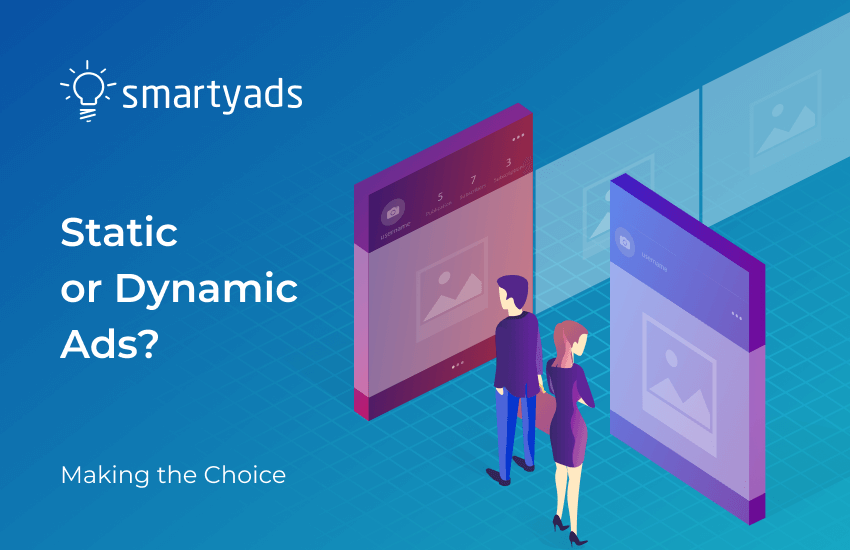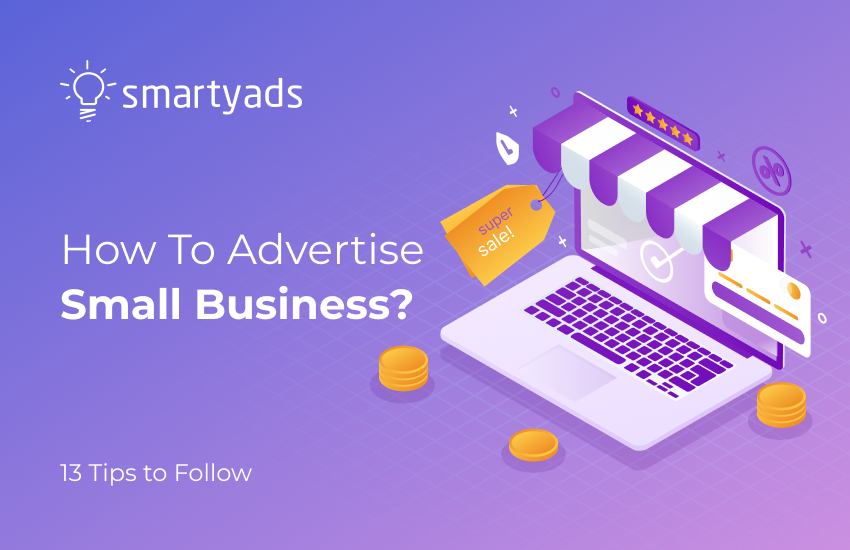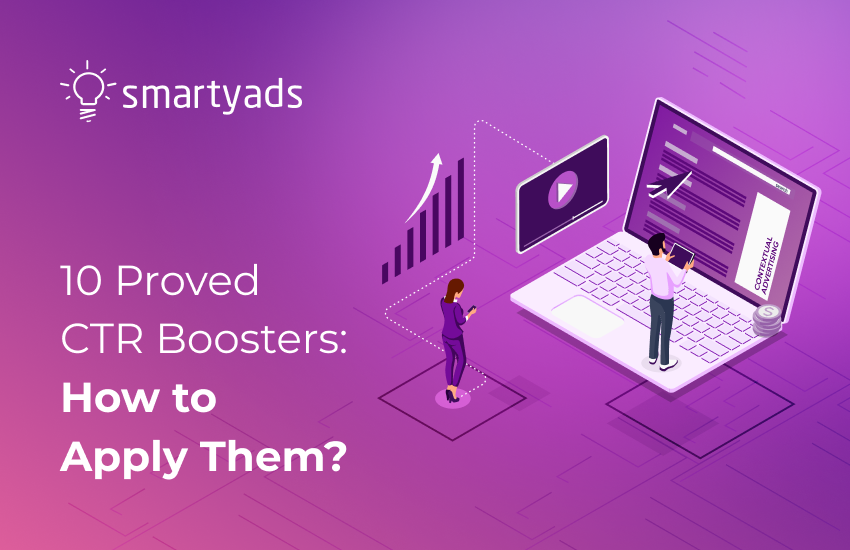Building a successful programmatic ads strategy very often requires making a lot of choices and paying attention to the details. It is especially true for the content and design of your banner ads, as they often determine a first impression and all the subsequent relationships with your audience. High-quality ads usually get more interest and engagement which are the defining factors for new client acquisition. Therefore, it is important to understand how to make the best choices in order to create perfect display ads for your online advertising campaign.
One of the most important decisions to make is choosing ad formats. Many marketers rely on effective static display advertisement. However, it is often the case that dynamic ad content can work better for your specific campaign type. This is why it is important to know the difference between static vs dynamic ads and how to choose one to promote your unique product or service.
What is static ads?
Let us start with a static inventory definition and then move on to their pros and cons. Static display ads are just regular ads that do not include any additional media or moving elements. A typical ad of this format looks like a static banner that contains fixed content, such as text, visuals, and a call to action. They cannot be adapted to user behavior but can be united in the common ad carousel framed by the catchy description line.
Here are some of the main benefits of static image advertising:
- Universality. Most ad networks accept static ads as they are easy to display both on desktop and mobile devices. They can also be used for any type of business goals within any industry which makes this format pretty universal. Such ads require great accuracy, but if done well they can serve almost any purpose.
- Convenience. Static ads are among the easiest to create, especially if we talk about static banner ads. Usually, you don’t need a lot of technical expertise to produce and publish an ad. Moreover, as their content is always stable, there is no need for further maintenance or control.
- Easy to control. For the cases where the content should be highly regulated the good news is that static ads are impossible to alter once they are finished and displayed. Typically users can only view or click on an ad, but cannot change it in any way, so there is no need to worry about your content.
When it comes to downsides of static ads, there is a couple to mention:
- Limited creativity. With a small static banner and a short text on it, there’s not much space for creativity compared to newer formats. This limit also impacts personalization which is harder to achieve with static formats.
- Lack of interaction. A flip side of easy maintenance is a lack of interaction with users. An ad communicates information to the user, but there is little to no way for users to respond to it.
How to use static ads?
Static display ads often appear in the form of images, videos, or animation, but their main common feature is that every user receives the same set of ads which can be considered one event. Although sometimes limiting, static ads are still a great way to get people to your app or landing page. They are especially useful for generic offers - for example, Black Friday discounts or Christmas gifts.
Static content examples include:
- banners (including gif banner) and PPC ads;
- eBooks and whitepapers;
- social media ads and profiles;
- simple video ads and one-way webinars;
- pages on your website.
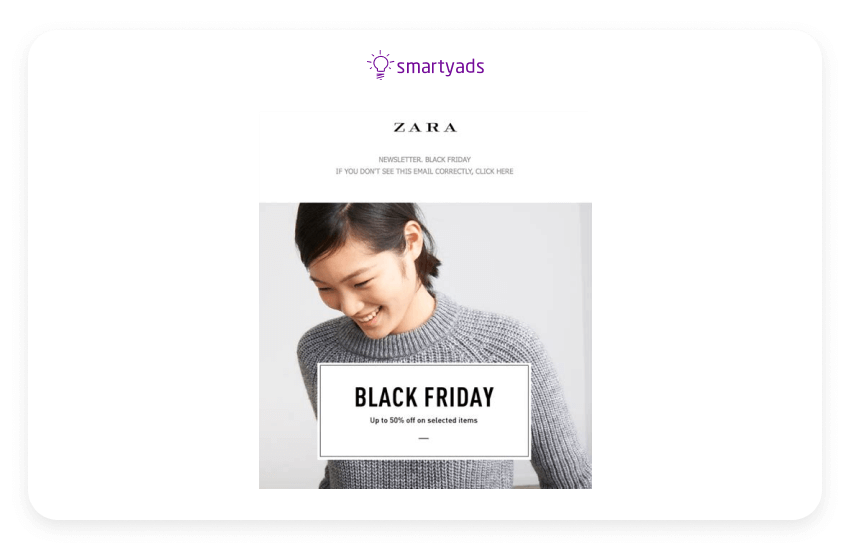
What is dynamic ads?
Perhaps the main idea of dynamic ads definition is that they vary depending on the available sets of data. Dynamic advertising is centered around reaching a specific target audience persona and serving the most relevant messages to them. This means that users can affect interaction with these ads. Plus, the elements on ad units can change according to the viewer.
In general, dynamic ads are created based on user behavior, these ads are often used for retargeting. The changing elements can be products, prices, discounts, and many others.
The benefits of dynamic ads are extensive, but here are some of them:
- Great performance. Due to the fact that a typical dynamic ad targets users with highly customized messages, they often get better click-through rates. If done right, relevant content provided by dynamic ad campaigns is always highly appreciated by your audience.
- Brand loyalty. The more relevant your offers to the needs of your users the more likely they will come back. Therefore, dynamic ads incorporated into a customized retargeting campaign increase brand loyalty.
- Higher visibility. Not only your potential customers can appreciate the relevance and customization of your campaign - but search engines also positively respond to dynamic advertising. In fact, you can even launch a DSA campaign (which stands for dynamic search ads) to maximize the results.
Although dynamic inventory might seem like the best choice now, there are still some issues to note:
More effort. To create a successful auto-target dynamic campaign one has to spend lots of time and effort. Moreover, such a campaign also requires better expertise which may pose a serious challenge for advertising newbies.
More money. Similarly, developing strategies for each persona and producing relevant content is naturally more expensive compared to one set of ads for all viewers.
How to use dynamic ads?
Due to larger flexibility, dynamic ads are certainly a great choice for industries with a lot of changes, such as for instance e-commerce. They are also a useful tool for companies with broad audiences, as well as those currently focused on retargeting. Nevertheless, it is important to remember that these are much more demanding formats, as they require expertise and lots of data for personalization.
Let us now review some dynamic content examples:
- some blogs and RSS feeds;
- social media feeds;
- smart websites;
- personalized emails;
- dynamic search advertising;
- native advertising.
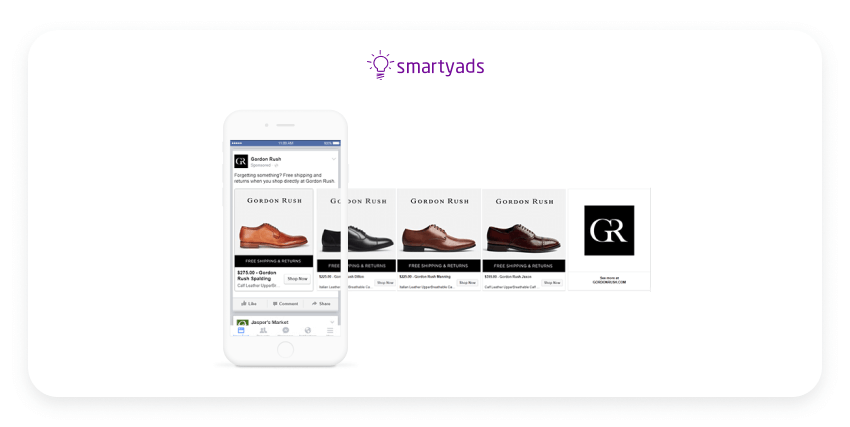
Static vs dynamic ads: which ones are better?
When it comes to choosing the right type of ads for your brand, there is really no universal receipt. Businesses with smaller product range may find it easier to choose static ads, while those offering a wide range of services can opt for dynamic ads. However, it is always up to your specific business needs and you can always consult the following table to ease your decision:
| Static ads | Dynamic ads |
| Do not change over time | Vary based on user behavior |
| Easy to control, universal and convenient | Increased performance brand loyalty, and visibility |
| Limited creativity and interaction | Require more time and effort |
| Suitable for generic offers | Suitable for personalized campaigns |
To conclude
Both static vs dynamic ads can be an important part of your programmatic advertising campaigns. However, there are some differences between the two - static ads are more convenient and universal, as they don’t change over time and are especially valuable for general campaigns. At the same time, dynamic ads often show better performance due to more advanced targeting opportunities. All in all, it is always up to your brands’ specific needs, as both types can give great results when applied correctly.
